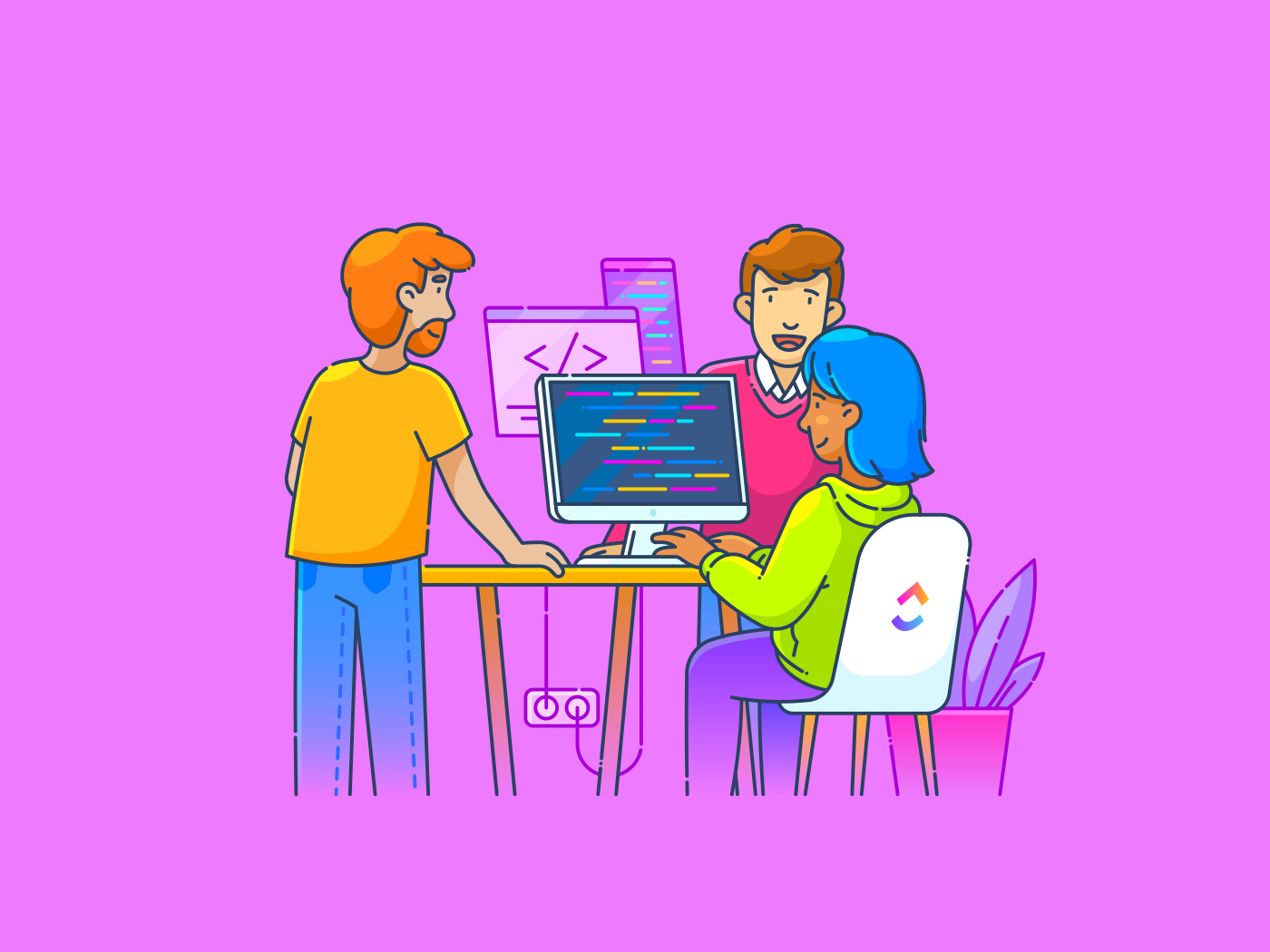As an AI practitioner, you’re expected to understand machine learning, AI algorithms, and data analysis. You should also be able to design and implement AI solutions in real-world situations. However, attempting to do all this fast may spur a series of mistakes that reduce your expertise. Read on as I break down the 10 most common mistakes I’ve seen new AI practitioners make and how you can avoid them.
- Not Familiarizing Yourself with Foundational AI Topics
From the first time you chose to practice in AI, you’ve been bound to encounter several learning roadmaps. I wrote on one of those frameworks, and without a doubt, they’re there to guide you on what to learn and how.
The problem is most AI learners attempt to jump hoops. For instance, many people underplay the importance of basic mathematics and statistics and jump straight to data structures or Python. No, it’s not okay as long as you know Python. Understanding these core topics will help you interpret data and make effective decisions when the time comes.
- Staying Stuck on Data Preparation
Someone called this the “data wrangling trap.” It’s a trap because, most of the time, over-preparation doesn’t necessarily translate to perfection. You could spend hours preparing, cleaning, and organizing data before analysis; at the end of the day, you lose sight of what matters.
I know you’re told to spend 50-80% of your time on data wrangling. While that’s valid, knowing when you’ve done enough is equally important. The time you spend on discovery, cleaning, structuring, enriching, and validating will depend on the quality and quantity of the raw data. However, this should not exceed 70% of the time allocated to that assignment.
- Underestimating the Importance of Data Cleaning
Data cleansing is a part of the data wrangling process. And yes, I mentioned not staying stuck on data wrangling. But here’s the deal. Spend half the total time allocated to data wrangling on cleansing. As it’s impossible to strip your skin of all the microorganisms on it, you’ll still have a negligible percentage of inaccuracy after cleaning your data.
However, if this amount is significant, it might lead to a ton of inaccurate insights that will cost you and the organization time, effort, and money. You wouldn’t be inclined to use ChatGPT if every time you ask it, ‘Who are you?’, it says ‘DeepSeek .’ As a new AI practitioner, you might want to rush the process for the joy of a new AI system. But don’t. Always take your time to identify and handle any issues in the dataset.
- Using Fancy Algorithms Without Understanding Them
One of Rob Pike’s 5 programming rules is that fancy algorithms are buggier than simple ones and are much more complicated to implement. This is also true when dealing with AI algorithms. As a beginning AI practitioner, you may be tempted to learn complex algorithms like GANs. They may make you seem cool, but not understanding them well enough is a recipe for disaster. You don’t want to be caught using reinforcement learning for basic image classification.
When starting, focus on the simple algorithms that can save you tons of hours debugging. You can slowly transition into adopting the fancy ones by practicing them on less sophisticated datasets. They’ll help you ease into them and pave the way for the expert you’re becoming.
- Having Too Many Tools in Your Toolbox
As a professional, you probably have several tools you rely on for your workflow. You wouldn’t also be an engineer if you weren’t tempted to try every ‘great’ tool that drops in the market. But whether it’s data cleansing, analysis, or machine learning, it’s best to master one or two tools for each part of your workflow for now.
For example, you could choose between TensorFlow, PyTorch, or Scikit-learn for machine learning, but not all. SpaCy, Natural Language Toolkit (NLTK), and Hugging Face Transformers are all viable options for natural language processing, but don’t be tempted to roll with them all.
- Focusing Too Much Or Too Little on Maths
Mathematics is as essential as any other core subject in AI learning. Concepts like algebra, probability, calculus, and statistics set the ground for future more complex theorems. As an AI practitioner, it’s also crucial that you have a good understanding of maths so that you don’t just know what works but how it works as well.
Of course, computers do the math for us through programming and high-level frameworks. But it will deprive you of becoming an expert who understands the nitty-gritty of what’s going on behind the code. At the same time, you do not need to know everything in mathematics to train your first neural network.
- Ignoring Model Validation
Model validation and evaluation is another important aspect of creating working AI solutions. If your machine learning model does not perform well on the holdout set, how can you trust it to make accurate predictions on your new dataset?
You must always evaluate your models and measure key indicators like accuracy, recall, precision, mean squared error (MSE), F1-score, etc. Don’t just split the data into two folds. Use multiple folds to train on some and assess it on others.
- Ignoring communication skills
If you work for a small organization, you might be the only AI practitioner in the room most of the time. You may have to deal with only the CTO knowing what you mean by ‘I employed adversarial training to augment the robustness of their convolutional neural network (CNN) against norm-bounded perturbations.’
The truth is that even the CTO might need to digest that twice. Make explaining yourself in layman’s terms second nature. Your jargon won’t help the marketing team understand what’s delaying the process and won’t help the situation.
- Focusing on More Theory without Hands-on Practice
Learning is good, but you don’t want to be caught in the ‘ever learning, never practicing’ curse. As you learn about frameworks like Keras, Numpy, or Tensorflow, ensure you practice them.
As you dive into machine learning or deep learning algorithms, practice them. You also want to teach other people what you’ve learned. If you don’t have mentees, write blogs about them. That’s how you go from beginner to expert.
- Prioritizing A Degree
The world has advanced significantly. In my opinion, part of that advancement is not needing to spend four years behind the walls of a college and thousands of dollars on tuition.
If you already have a degree in a related field, that will make the ride easier. But if you don’t, invest in online courses and certifications. Employers no longer want to see fancy degrees on your CV. They want evidence of practical experience and recognized certifications like the AWS Certified AI Practitioner.
Conclusion
As a beginning AI practitioner, you may feel pressured to jump hoops to match everyone else’s pace. But doing that will cost you knowledge and opportunities. Avoid these 10 mistakes, and you’re well on becoming a professional AI practitioner.






-xl-(1)-xl-xl.jpg)




